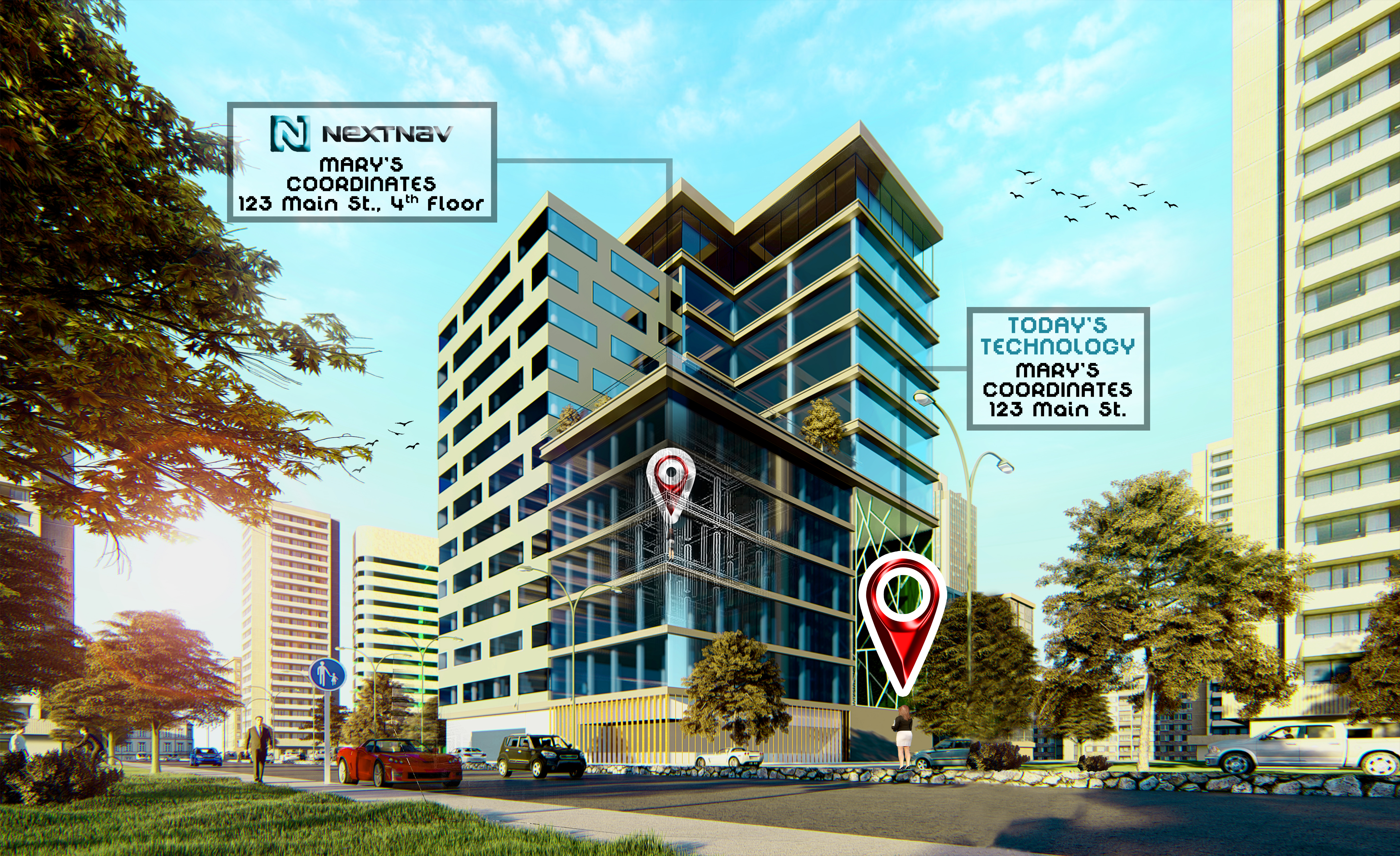INSUBCONTINENT EXCLUSIVE:
the location of devices like smartphones, drones, IoT products or even self-driving vehicles in indoor and urban areas where GPS or other
satellite location signals cannot be reliably received
Anyone trying to use their phone to hail an Uber or Lyft in the Loop area of Chicago has likely experienced spotty GPS signals.The MBS
infrastructure is essentially bolted onto cellular towers
The positioning system uses a cellular signal, not line-of-sight signal from satellites like GPS does
provide the horizontal position of a smartphone or IoT device
And Wi-Fi and Bluetooth can step in to provide that horizontal positioning indoors
system that can provide emergency services with critical information, such as the number of people located on a particular floor
Last year, the Federal Communication Commission issued new 911 emergency requirements for wireless carriers that mandates the ability to
determine the vertical position of devices to help responders find people in multi-story buildings.Today, the MBS is in the Bay Area and
The company plans to use this new injection of capital to expand its network to the 50 biggest markets in the United States , in part to
take advantage of the new FCC requirement.The technology has other applications
For instance, this so-called Z dimension could come in handy for locating drones
facilities at its Langley Research Center in Hampton, Va.The round was led by funds managed by affiliates of Fortress Investment Group
Existing investors Columbia Capital, Future Fund, Telcom Ventures, funds managed by Goldman Sachs Asset Management, NEA and Oak Investment
Partners also participated.XM Satellite Radio founder Gary Parsons is executive chairman of the Sunnyvale, Calif.-based company.

